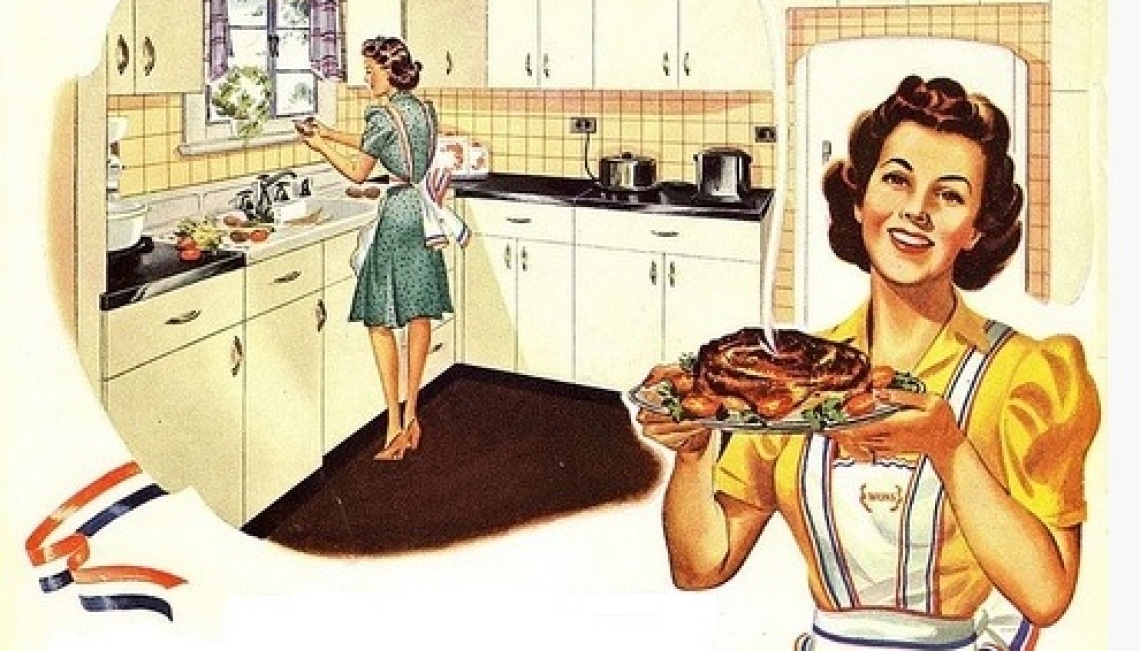Road Trip to SPAM History
Located in Austin, MN, home of SPAM’s creator George A. Hormel, lies a surprising gem: the SPAM Museum. While its name evokes thoughts of iconic canned meat, the museum transcends mere culinary history—through one of its dedicated exhibits, it includes a testament to wartime resilience and community spirit.

During WWII, SPAM became more than a meal; it was a lifeline. Over 133 million cans sustained troops and civilians overseas.
There was so much SPAM! And not just SPAM, but the knockoff version too that is more likely what led to the bad reputation of any canned luncheon meat. The government is to blame for ordering equal amounts of the generic and less-appealing product.
The museum celebrates community resilience. It honors the 1,961 Hormel employees who served during WWII (65 gave their lives), with a promise of jobs awaiting their return—a commitment to duty echoed by the 1,300 women who bolstered production lines.

Within the WWII exhibit at the museum, a letter shares the story of when a Navy father was granted a short leave and happened to find a ride home from an executive of Hormel. During the ride, when asked if he liked SPAM, the writer’s father replied that he “didn’t like SPAM, he loved SPAM”. Shortly after her father shipped out, her mother received a case of SPAM from headquarters. Being that meat was so rare to come by during the war, her mother stretched the case as far as possible and saved one unopened can for when her husband would return home.
Another letter on display is a copy of the Christmas letter written by the President of Hormel, Jay C. Hormel, personalized to each of those serving along with a $5 money-order. Though by the second year of the tradition, he admitted that it was a task too big and opted for a more standard generic letter along with the $5 gift.
A meticulously restored 1945 Jeep Willys MB, emblematic of wartime ingenuity, finds its place alongside photographs of “Slammin’ Spammy,” a bomber’s nose art mascot. Even Dwight Eisenhower, reflecting on his wartime diet, famously forgave SPAM’s ubiquity, underscoring its cultural impact in a displayed letter:
“I ate my share of SPAM along with millions of soldiers. I’ll even confess to a few unkind remarks about it. As former Commander in Chief, I officially forgive you of your only sin: sending so much of it.”

You’ll also find recipe ideas for SPAM, but what I picked out were the hands-down best versions — “SPAM tastes best in the bottom of a fox hole” or skewered on a knitting needle and warmed over an open fire from within the darkness of a bomb shelter surrounded by debris of a European city.
Post-war, Hormel again turned to some very special women to solve the problem of sudden SPAM sales decline – after all, in 1945 65% of all Hormel Foods was being produced for troops. Without the war needs, how could they replace product demand?
Enter The Hormel Girls, twenty women veterans turned musical ambassadors, who toured America. They were recognizable in their white Chevrolet caravan that pulled into small towns to put on a show or lead a parade. Eventually, their talent moved to radio. Their popularity doubled sales for Hormel but by 1953 with the cost to keep The Hormel Girls at $1.3 million a year, Jay Hormel’s ailing health, and cheaper advertising made available on TV, The Hormel Girls tearfully played their last performance on December 13, 1953.

The Museum is not a WWII museum, but thankfully did not neglect such an important period of its company’s history. Every corner exudes nostalgia and interactive experiences for all ages. If passing by Austin, MN, a visit isn’t just recommended—it’s essential. You’ll leave loving SPAM the brand, if not SPAM the ham.

